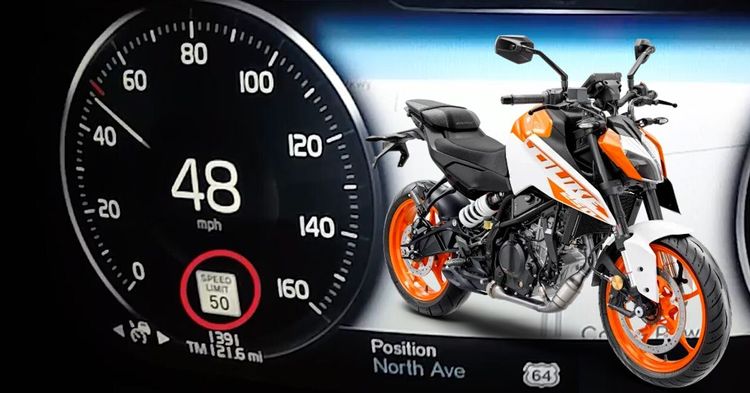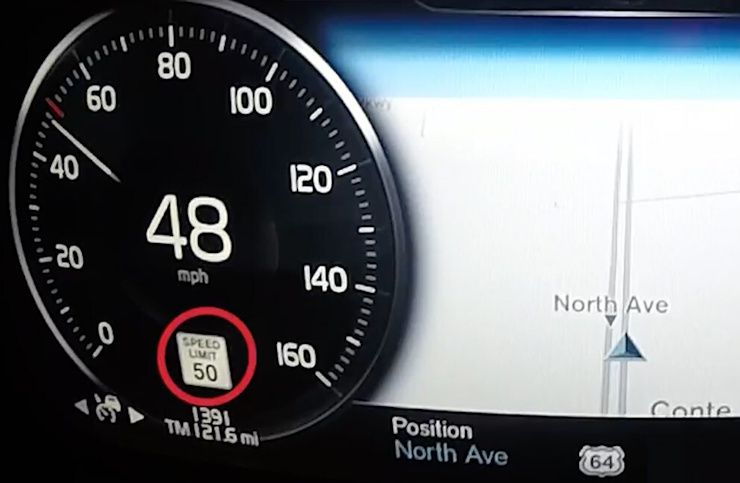Coming Soon: Warning Alerts On Two Wheelers For Speeding And 'Hands-Off' Riding


In a significant step toward enhancing road safety, two-wheeler riders will be introduced to a new level of protection with the mandatory implementation of warning systems. According to LiveMint, these systems are designed to alert riders if they are exceeding speed limits or if they remove their hands from the handlebars, targeting two common behaviors that frequently lead to accidents.

Despite the convenience and widespread use of two-wheelers, they are disproportionately involved in a significant number of road accidents. Statistics reveal that nearly 44 percent of road fatalities involve two-wheeler users, often due to speeding and not maintaining proper control. In response, the government is set to enforce the adoption of technology that actively warns riders of such perilous actions. This initiative aims not just at rule compliance but at ingraining safety into the riding culture.
The forthcoming system will integrate sensors and electronic components to monitor the bike's operation. Should a rider surpass the speed limit or take their hands off the handlebars, the system will immediately activate visual and audible warnings.

This innovation is inspired by car safety features, such as seatbelt reminders, but is specifically adapted to address the unique challenges faced by two-wheelers, including their exposure to the elements and the varied ways people ride.
The automotive industry and safety experts have largely responded positively, with some noting concerns about the adjustment period for seasoned riders. Nonetheless, the prevailing view is that the advantages, particularly for novice or less confident riders, far outweigh any potential disadvantages. While manufacturers are mindful of the costs associated with incorporating these systems, there's an acknowledgment that emphasizing safety could also provide a competitive edge in the market.
This initiative is part of a broader effort to enhance two-wheeler safety. Starting January 2026, all new two-wheelers will be required to be equipped with Anti-lock Braking Systems (ABS), a safety feature previously mandated only for larger motorcycles.
The mandate for two BIS-certified helmets with every new two-wheeler purchase underscores a commitment to reducing head injuries. Moreover, with the advent of electric two-wheelers, new regulations will ensure these vehicles produce sounds to alert pedestrians and other road users, mitigating the risks associated with their silent operation.
As the implementation of these warning systems nears, questions about testing, enforcement, and the feasibility of retrofitting older bikes remain. However, the underlying message is unequivocal: safety measures are becoming an indispensable part of two-wheeler riding.
The long-term influence on rider behavior, the enforcement of these regulations, particularly in less urbanized areas, and the potential for extending this technology to protect cyclists, are subjects ripe for exploration. Additionally, how manufacturers will reconcile the cost of these safety features while keeping bikes affordable for consumers is critical.